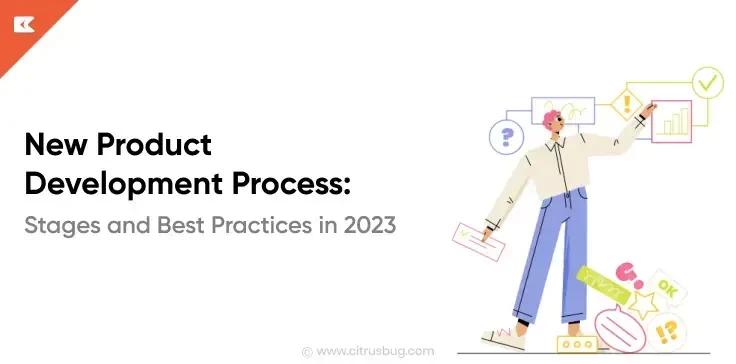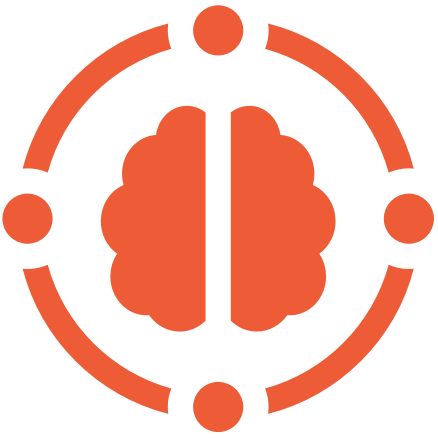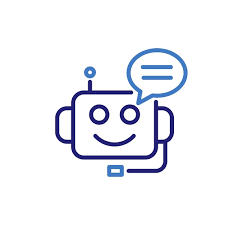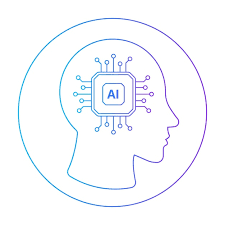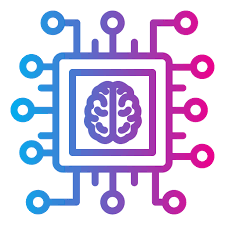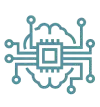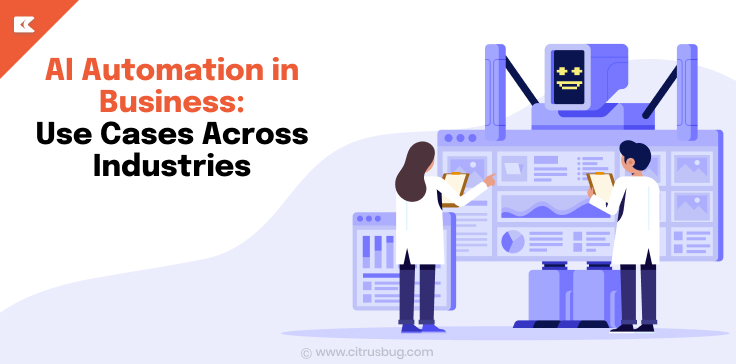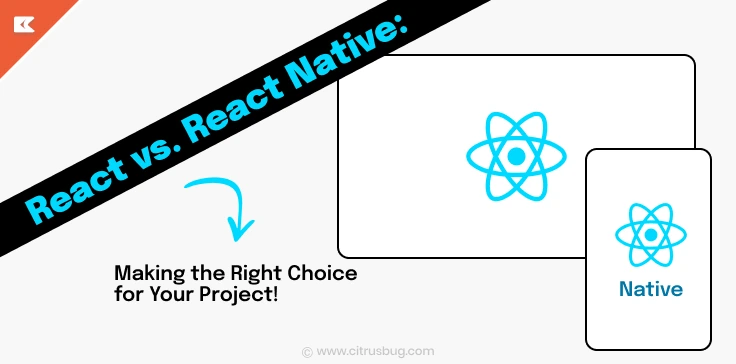New Product Development Process: Stages & Best Practices
- July 12, 2023
-
2067 Views
- by Ishan Vyas
Are you ready to bring your amazing product idea to life? It may seem overwhelming at first, but following the new product development process and implementing the best practices at each stage can guarantee you success.
With this new product development process, you can navigate through all the hurdles and ensure your product meets a specific need and adds value for your customers.
In this blog, we’ll break down the seven stages of the new product development process, making it simple and easy to understand. From generating ideas to getting your product out into the world, we’ll provide the best practical tips and insights to help you on your journey.
But first, let’s understand the new product development process.
What is New Product Development Process
The new product development process is a comprehensive journey that brings fresh products to market.
It involves:
1) Idea generation
2) Evaluating market suitability
3) Refining concepts
4) Creating prototypes
5) Commercializing the product
Unlike regular product development, which enhances existing product concepts, this process of digital Product Development focuses on creating and executing novel ideas from start to launch. While it can be time-consuming and iterative, this meticulous process ensures the product’s quality and addresses customer needs effectively, ensuring market success.
How Long Does it Take to Develop a New Product
The time it takes to develop and launch a new product can vary greatly. It depends on factors like how complex the product is, the skills of the team, and the expertise of the designers.
Here are some things to keep in mind when estimating how long it might take:
1) Product design is a continuous process. It involves making improvements and changes to the product as it develops over time.
2) Designers often go back and forth between different stages of the process, always trying to make the product better.
3) Creating a great product requires collaboration from people with different skills working together to make something special. By utilizing an ICE prioritization framework, teams can effectively focus on the most impactful tasks, ensuring resources are allocated to what truly matters.
7 Stages of New Product Development Process
Idea Generation
Idea generation stage is where companies like yours get creative and come up with new product ideas or ways to improve existing ones. To do this, they study new market trends, research customer needs, and identify problems that need solving.
Basically, it’s about brainstorming ideas, which may not be a foolproof plan. You can achieve it by internal sources or external sources. Internal sources include your internal teams – your R&D, sales, marketing, or engineering teams. To gather ideas from outside, study your competitors and listen to your customers’ feedback.
Here are some effective methods to gather information and brainstorm:
1. Market Analysis
Study the market to find gaps and opportunities. Find out if there are practical issues that your customers are facing. Is there some kind of tool/software that you could create to solve it?
2. Choose a Framework
Reimagine every aspect and brainstorm new ideas by choosing frameworks such as SWAMPER, SWOT analysis, and BRIDGeS. Evaluate the strengths, weaknesses, opportunities, and threats of your existing products to uncover areas for improvement.
3. Collaboration and Feedback
Encourage teamwork and idea-sharing sessions to get different perspectives. Also, collect customer feedback through interviews, surveys, and testing.
Overall, the goal is to generate as many ideas as possible while keeping the customers’ needs and desires in mind. Failing to recognize it at the beginning of a new product development process can waste time and increase the opportunity cost.
Research (Discovery)
The discovery stage is a crucial step in the new product development process. It involves validating your product idea to ensure it meets customer requirements and has market potential.
Here’s how you can navigate this stage effectively.
1. Define and Validate
Clearly define your product idea and assess its compatibility, feasibility, relevance, and potential risks. This helps ensure that your new product development ideas will be worth the time, effort, and money invested.
2. Seek Feedback
Gather feedback from unbiased sources to gauge interest and gather insights. Conduct online surveys, engage with potential customers, share your ideas with family and friends, and participate in forums to receive valuable perspectives.
3. Market Research
Use tools like Google Trends to research new market share, demand and trends. This provides valuable information on the viability and potential of your product idea.
4. Feasibility Study
Assess the investment worthiness of your idea by conducting a feasibility study. This helps determine if your idea is financially viable and if there is a market demand for it.
5. Concept Design
During the discovery stage, the design team works on visualizing the end goal and creating a concept design that aligns with customer requirements. Utilizing tools like an online poster maker can help in quickly drafting visual concepts through professional posters. This sets the foundation for further development.
6. Core Functionality
Identify the core functionality of your product. This ensures that you focus on the key features that will provide value to your customers.
Remember, the goal of the discovery stage is to validate your product idea and lay the groundwork for successful product development. By seeking feedback, conducting market research, and assessing feasibility, you can refine your idea and move closer to creating a product that meets customer needs.
Planning
Planning is where you start outlining your plans and strategies to bring the product to life.
It involves careful consideration of various factors, such as:
1. Gain/Pain Ratio
Evaluate the benefits and drawbacks of your product idea, focusing on how it addresses customer needs and solves pain points.
2. Significant Features
Identify the key features and functionalities that make your product unique and stand out from competitors.
3. Value Proposition Chart
Create a chart that outlines the value your product offers compared to competitors, highlighting its unique selling points and benefits for customers.
4. Competitor Analysis
Analyze your competitors’ products to understand their strengths, weaknesses, and opportunities for differentiation.
5. Price and Category
Determine the price range and category your product will fall into, considering the target market, the occasion of use, and competitive pricing.
6. Success Metrics
Define KPIs or custom goals tailored to the full business model and analysis of your organization to determine the success of your product launch.
7. Marketing Strategy
Plan a marketing and distribution strategy that aligns with your value proposition and success metrics, considering various promotion channels.
Effective planning helps set a clear direction for product implementation.
- But, remember that planning is an iterative process, and adjustments may be necessary as you progress. If your project requires a location-specific marketing strategy for, let’s say Miami, then you should look Miami based SEO providers to help you with it.
Prototyping
During the prototyping stage of the new product development process, your team conducts in-depth research and creates detailed plans to construct the product. Prototypes, such as drawings or computer renders, help identify risks and serve as samples for mass production.
Here are some key aspects to focus on during the prototyping phase:
1. Market Risk Research
Analyze potential risks associated with production and document them in a risk register to prevent future disruptions.
2. Development Strategy
To kickstart our project, the first critical step is to develop a new product development strategy. This comprehensive plan will outline our approach to creating and launching innovative products, ensuring we stay ahead in the market. Once we have this strategy in place, we can then proceed with assigning responsibilities and setting timelines for each task
3. Minimum Viable Product (MVP)
Create an MVP that includes essential features for launch, eliminating unnecessary elements. This allows for quicker product launch and the addition of desired features later.
Prototyping provides a valuable opportunity to refine your product and mitigate risks before full-scale production. It enables you to make informed decisions and optimize your product’s development and market readiness.
Tip: Incorporate testing in the prototyping stage to refine your product before development, increasing its chances of success in the market.
Product Development
During the product development stage, you will refine your prototype based on feedback and prepare for mass production. The process will vary depending on your business type.
Here’s what you need to consider.
1. Refine the Prototype
Use feedback from testing the minimum viable product (MVP) to make necessary improvements.
2. Follow Your Plan
Refer back to your initial planning stage to ensure your product development aligns with your strategies and goals.
3. Ensure Quality
Implement quality control measures to meet the desired standards.
4. Foster Collaboration
Encourage collaboration between different teams involved in the product development cycle.
5. Continuous Improvement
Stay open to enhancements and updates even after the initial launch.
Apart from this, standardize decision-making criteria, make realistic timelines, be decisive, and prioritize product quality over rushed launches to ensure customer satisfaction and success.
Implement different software development methodologies like:
-Lean Product Development
-Flexible Product Development
-Quality Function Deployment
-User Centric Design
-Design for Manufacturing
-Design for Assembly
Last but not least, consider cost-benefit analysis when deciding whether to delay or launch a sub-par product.
Executing the product development stage effectively will bring your prototype to its final form, ready for market launch.
Testing
Product validation and testing reduce uncertainty and assess the viability of the software product or its marketing campaign. The goal is to ensure that the prototype functions as intended and meets customer expectations. This process also supports PR campaigns by providing reliable insights that strengthen messaging and build credibility.
Here are some key points to consider:
1. Alpha Testing
Test engineers evaluate the product’s performance and compare it to the initial product marketing strategy.
2. Beta Testing
Customers from the target market provide unbiased feedback to improve the product based on the voice of the customer.
3. Resolve Issues
Any identified issues are addressed by the development team before moving forward with mass production.
To further ensure product quality, follow these steps:
4. Concept Development and Testing
Work through issues that arise during the first development phase of the concept. Test functionality with team members and beta testers.
5. Front-end Testing
Check for risks and errors in the development code and consumer-facing aspects. Ensure stable ecommerce functionality.
Once testing is complete, proceed with producing the final product concept and launch it to your customer base.
Commercialization
The final phase of new product development focuses on commercializing the product. This includes three steps: test marketing, launch, and evaluation.
Step 1: Test Marketing
Goal: Improve product launch success by analyzing and refining the marketing strategy.
-Conduct test markets to gather feedback in a realistic buying situation.
-Consider factors like testing duration, selection of test markets, and sample size determination.
Step 2: The Launch
Goal: Introduce a new product to the marketplace and maximize the return on investment (ROI).
-Implement a sustained marketing plan with specific techniques for the launch phase.
-Utilize press strategies to increase product visibility through earned media.
-Consider price discounts and incentives to encourage sales and distribution partners.
Step 3: Evaluation
Goal: Measure the performance of the product and make any necessary adjustments or improvements.
-Evaluate the product based on market data to improve future marketing efforts.
-Analyze buyer behavior, competitor responses, and product integration within the marketplace.
Some tactics for a successful new product development marketing strategy include:
-Working with influencers for affiliate marketing
-Running chat marketing campaigns
-Sending product launch emails
-Customer reviews
With this, your final product is launched! Now it’s time to measure success using the initially established success metrics.
Who Makes up Your New Product Development Team?
The new product development team consists of key stakeholders responsible for different aspects of the process.
1)Product manager takes the lead, overseeing all stages from idea generation to launch and coordinating communication between teams. They facilitate collaboration, task delegation, and goal tracking.
2)Design team contributes to the visual concept, aligning it with brand guidelines and user experience principles.
3)Developers implement the product on the website or platform.
4)Marketing team develops and tests the marketing strategy, while the sales team works with the product manager to create effective sales strategies.
5)Senior management provides final approval before launch.
Other teams, like finance and engineering may also be involved based on the product’s complexity. Collaboration among these teams ensures a successful new product development process.
Breaking the Boundaries
The stages of the new product development process enable you to think beyond the norm and turn your ideas into reality.
By going through these stages, you can create a solution that meets customer needs and desires. This success goes beyond problem-solving; it means pushing limits and setting new standards. You now have a valuable strategy for ongoing innovation, captivating your audience with delightful experiences.
Embrace this achievement as an industry pioneer.
The journey doesn’t end here; it opens doors to new opportunities. Let innovation drive you towards unparalleled success. Break boundaries, unleash innovation, and shape a limitless future with us!



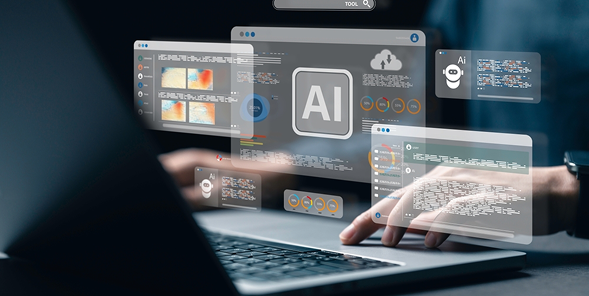

 SaaS Development
SaaS Development Web Application Development
Web Application Development Mobile Application Development
Mobile Application Development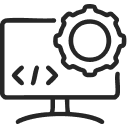 Custom Software Development
Custom Software Development Cloud Development
Cloud Development DevOps Development
DevOps Development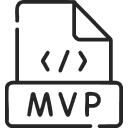 MVP Development
MVP Development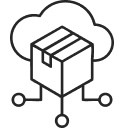 Digital Product Development
Digital Product Development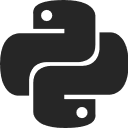 Hire Python Developers
Hire Python Developers Hire Django Developers
Hire Django Developers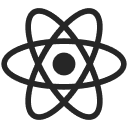 Hire ReactJS Developers
Hire ReactJS Developers Hire AngularJS Developers
Hire AngularJS Developers Hire VueJS Developers
Hire VueJS Developers Hire Full Stack Developers
Hire Full Stack Developers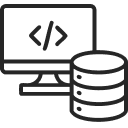 Hire Back End Developers
Hire Back End Developers Hire Front End Developers
Hire Front End Developers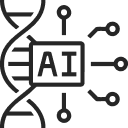 AI Healthcare Software Development & Consulting
AI Healthcare Software Development & Consulting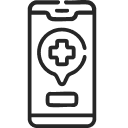 Healthcare App Development
Healthcare App Development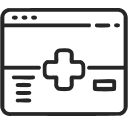 EHR Software Development
EHR Software Development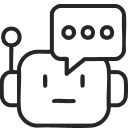 Healthcare AI Chatbot Development
Healthcare AI Chatbot Development Telemedicine App Development Company
Telemedicine App Development Company Medical Billing Software Development
Medical Billing Software Development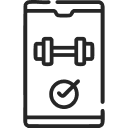 Fitness App Development
Fitness App Development RPM Software Development
RPM Software Development Medical Device Software Development
Medical Device Software Development Patient Engagement Software Solutions
Patient Engagement Software Solutions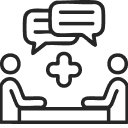 Healthcare IT Consulting
Healthcare IT Consulting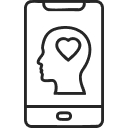 Mental Health App Development
Mental Health App Development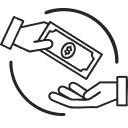 Lending Software Development Services
Lending Software Development Services Payment Gateway Software Development
Payment Gateway Software Development Accounting Software Development
Accounting Software Development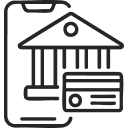 Mobile Banking Software Development
Mobile Banking Software Development Supply Chain Management Software Development
Supply Chain Management Software Development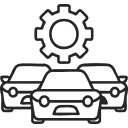 Fleet Management Software Development
Fleet Management Software Development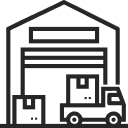 Warehouse Management Software Development
Warehouse Management Software Development LMS Development
LMS Development Education App Development
Education App Development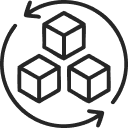 Inventory Management Software Development
Inventory Management Software Development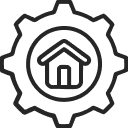 Property Management Software Development
Property Management Software Development Real Estate CRM Software Development
Real Estate CRM Software Development Real Estate Document Management Software
Real Estate Document Management Software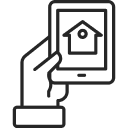 Construction App Development
Construction App Development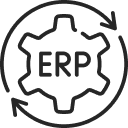 Construction ERP Software Development
Construction ERP Software Development



